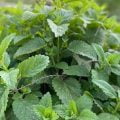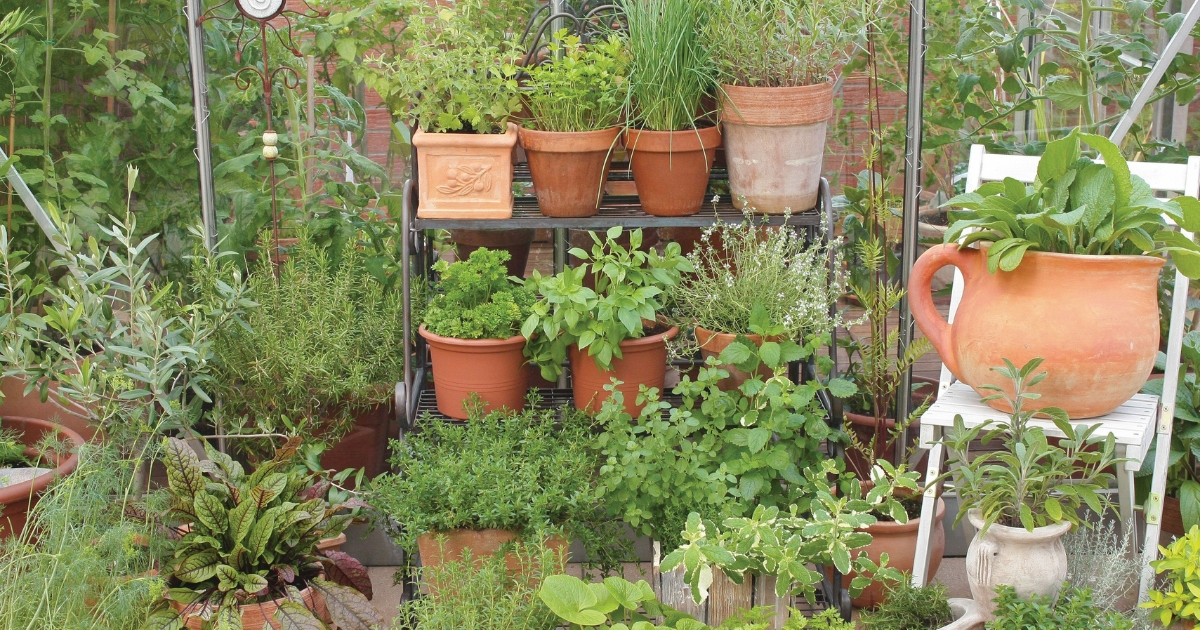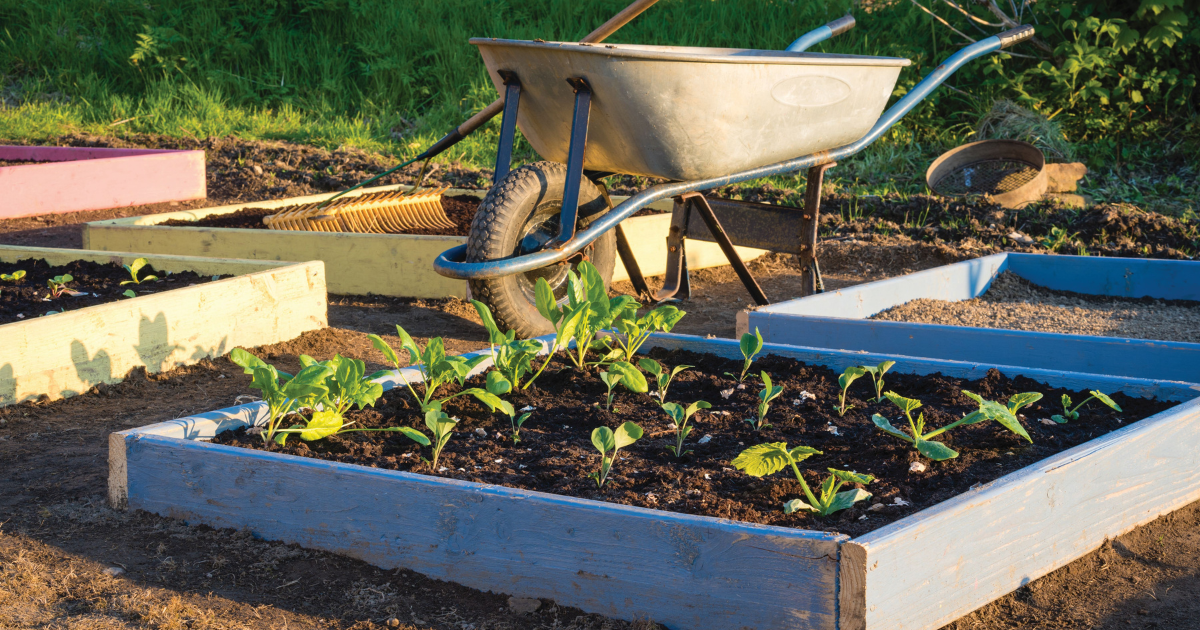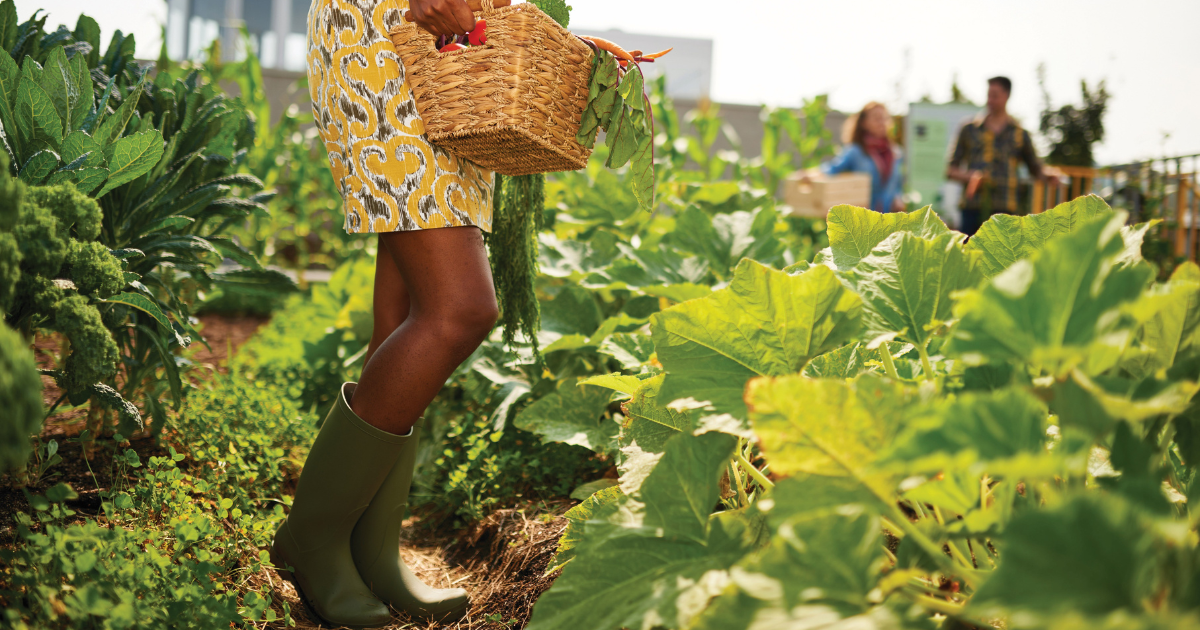When the cold autumn wind blows and the last leaves fall to the ground, Canadians everywhere turn their attention indoors. We look forward to hunkering down during days that are shorter and nights that are longer.
But we still need light and colour. We are human, after all, and nothing illuminates a room like a flowering plant, especially this time of year. Winter can seem much shorter in Canada when we engage with a living world of colourful plants indoors.
Here are our favourite indoor flowering plants, plus our advice for how to get the most from them.
Christmas Cactus

A Christmas cactus will happily flower in indirect light, while most other tropical plants prefer direct sunlight. Properly taken care of, a Christmas cactus will produce pink, red or white blooms at Christmas,
Thanksgiving or Easter (depending on variety) for decades. It is often considered an heirloom plant.
Easy to care for. Water only when dry, except when in flower, when the surface of the soil should be just damp. Pinch back, or prune immediately after flowering, by up to one-third to encourage repeat blooming.
Poinsettia

A native of the Mexican desert, the poinsettia is a versatile flowering plant that Christmas made famous, and an affordable housewarming gift that is always welcome. The poinsettia is one of the few plants that will provide reliable colour throughout winter. Sometimes it outlasts our desire to keep it alive. On many occasions, we have met people who feel conflicted between preserving the poinsettia for another year and tossing it on the compost come February or March.
We lean toward the composting group, as the red-bracted plant does not have a place in our spring and summer gardens. It is OK if you disagree; if you do, we recommend that you plant it out at the end of May in a sunny, hot location in your garden.
The poinsettia (Euphorbia pulcherrima) is a member of a large family of plants that includes over 2,000 cactus and succulent species. They have a white liquid sap (the latex) in common, as well as a tendency to
grow upper leaves that turn colour when days get short. These bracts are what we enjoy each Christmas.
The flower is a nondescript yellow cluster of blooms that spring from pea-sized green buds in the middle of the bract spray. When shopping for long-lasting poinsettias, avoid the specimens that are in flower; instead, seek out the ones with green peas in the middle of the red leaves.
Wondering what to do when you bring your poinsettia home? See our “5 Tips for Poinsettia Care”
5 Tips for Poinsettia Care

What to do when you bring your poinsettia home.
- Make your poinsettia pickup the last stop of your shopping trip. It does not like a cold car (or anything cold).
- For the best performance indoors, place your poinsettia in a bright room or window. Remember that it originated in the desert and loves sunshine.
- Keep it away from drafts, such as open doors and heating vents.
- Do not let it sit in water. If it is in a decorative sleeve or pot cover, either remove the sleeve or punch holes in the bottom of the pot for drainage.
- Water only when the soil is dry to the touch; for larger plants, water when the soil is dry 1 cm (1/2 inch) below the surface. Fertilize only after the first month, if you are not ready to compost it. Use a half-strength 20-20-20 solution every 2 weeks.
Amaryllis

While we are on the topic of great seasonal flowers, we must mention the amaryllis. It is among the easiest plants to grow and, therefore, is popular with people of all ages. The bulbs travel well (but do not like to be frozen) and will keep in the gift box nicely until Christmas, providing you keep it in a cool place (about 15°C/60°F, which is a bit cooler than room temperature).
Amaryllis is a plant that gives you what you pay for it. There are specimens available for $10 or so, and sometimes they are even gift boxed for that price. But they are small bulbs that produce one or two stems of small flowers.
The larger bulbs (28 to 32 cm/ 11 to 13 inches in circumference) are a much better value. They will produce up to three large stems and support up to five flowers per stem. More colour, more show, more fun. They can retail for between $20 and $30.
Your amaryllis bulb arrives at your home in a dormant state. It will begin to grow when it is exposed to sunshine and temperatures in the range of 18°C to 22°C (64°F to 72°F). To get your amaryllis off to the best start possible, plant it in sterile soil (not garden soil) and firmly press the bulb into the soil while giving it a
gentle turn. Leave about one-third of the bulb exposed, above the soil. If you plant the whole bulb, you risk the whole thing rotting before it has a chance to impress you with spectacular blossoms.
Water it well and let the top centimetre or so of soil become dry between watering. As the first flower stem grows, be sure to turn your plant away from the sun every second day; otherwise, it will tilt in the direction of the window and eventually fall over. Do not fertilize while in the growing phase. When the first stem begins to bloom, pull the plant back into the room, where there is less direct sunlight. This will have the effect of slowing down the blooming process and prolonging it, providing the maximum amount of time for you to enjoy it. The second and third flower stems usually arrive in the lower-light situation, but if your plant is stubborn, put it back in a highlight window and wait for the new flower stems to arrive.

By mid- to late winter, your amaryllis will have exhausted itself and finished flowering. Now it needs a rest, which consists of producing leaves that need direct exposure to the sun. The leaves are the “food factory” of the bulb:
They will convert the energy of the sun into nutrition, which will be transported to the bulb to help beef it up for a reflowering period next season. With just a little care and attention, your amaryllis can last for years.
Cyclamen

Mark’s favourite seasonal indoor plant is the cyclamen. Many of the new introductions over recent years have featured wonderful colour combinations, and the solid-coloured plants are available in vivid shades of red, pink and white that will knock your eyes out. Some varieties almost look plugged in.
You do not need to have a green thumb to take care of a cyclamen. Water your cyclamen when the soil feels dry. Gradually cut back on watering as the flowers fade and the plant goes dormant in the spring. While it is in bloom, place your cyclamen in a bright window. While dormant, keep it in a cool, dark place with good air circulation. Avoid getting the soil wet while the plant is dormant, as the root tuber can rot. Your cyclamen will emerge from dormancy in September.
Start watering and fertilizing it regularly at this point. Move the plant to a bright room, but keep it away from direct sunlight until it blooms.
A cyclamen requires relatively high humidity, especially during the dry winter months. For the best performance, mist it with water every day or two, and keep it in the coolest room in your house. Doing this will ensure it survives and blooms next winter.
Hibiscus

Tropical hibiscus (Hibiscus rosa-sinensis) goes by a lot of names: Chinese hibiscus, China rose, Hawaiian hibiscus and rose mallow. A variety that we like is ‘Ice Dancer’, which sounds like a racehorse and features purplish-blue flowers that have bloomed reliably in Ben’s office window for 4 years. So far, it has not raced anywhere.
As with most tropical plants, the dry air of our homes during winter is one of the biggest challenges for indoor tropical plants. A soft mist of water daily benefits most houseplants, including hibiscus, which will
grow well in indirect sunlight but will not likely bloom. In a south-facing window, a hibiscus will really impress; no amount of sunlight is too much.
When new growth appears, fertilize using a plant food that has a high middle and third number, like 12-28-12. The first number represents nitrogen, which promotes green growth; phosphorous and potassium, the
second and third numbers help promote roots and flowers.
In March, prune your hibiscus back by about a third. In May, move it outside for some summer love.

Mark Cullen is an expert gardener, author, broadcaster and tree advocate
and holds the Order of Canada. His son, Ben, is a fourth-generation
urban gardener and a graduate of the University of Guelph and Dalhousie
University in Halifax. Follow them at markcullen.com, @MarkCullen4
(Twitter) and @markcullengardening (Facebook) and look for their latest book, Escape to Reality.
Follow them at markcullen.com, @MarkCullen4, facebook.com/markcullengardening and biweekly on Global TV’s national morning show, The Morning Show.











